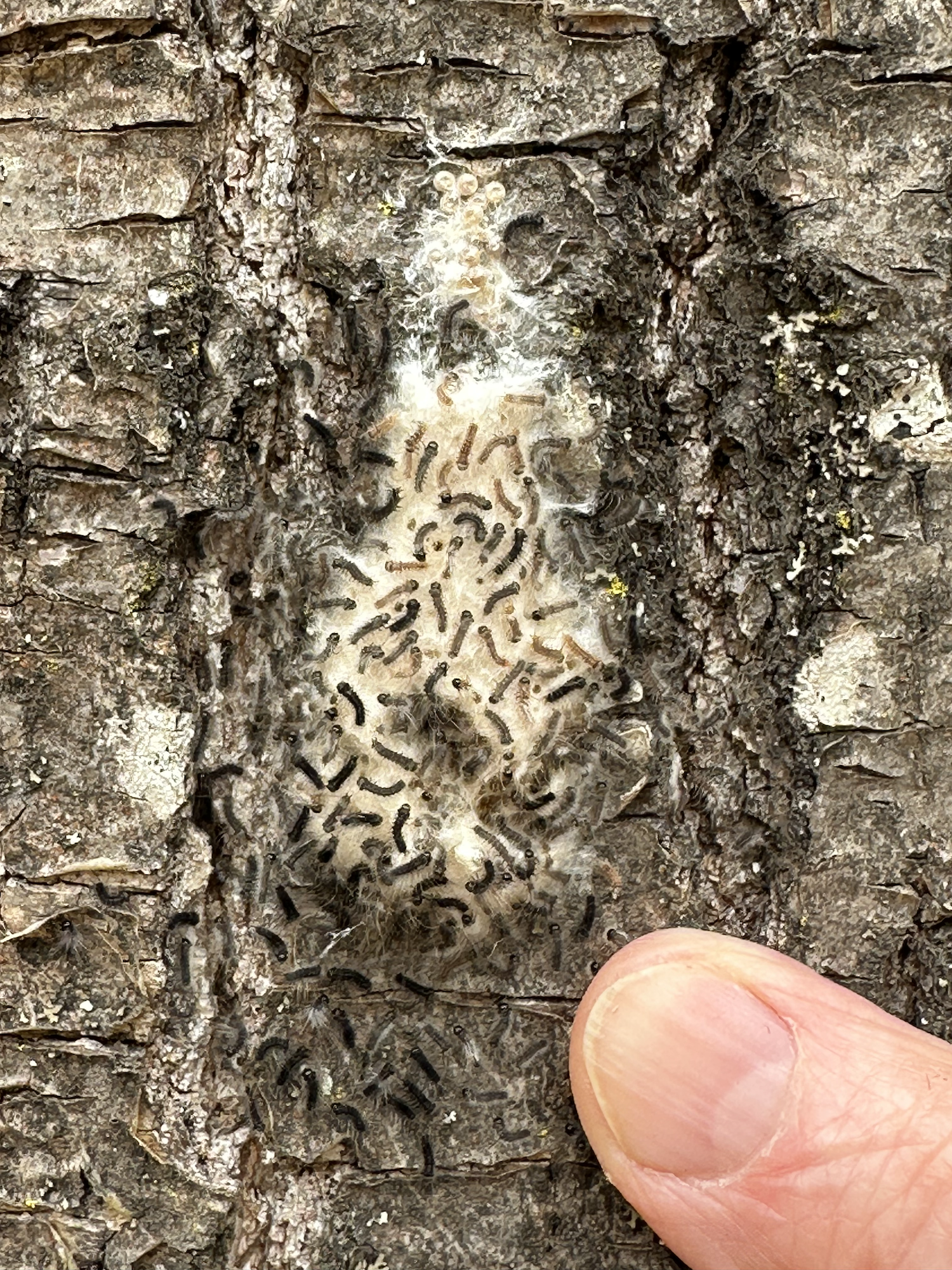Madeline's Birds
/Victoria Erhart, 2020
It was heartbreaking. If you love and watch birds, a 2019 Science article reporting a decrease of 3 billion North American birds since 1970 was not so much a surprise as a confirmation of your worst fears. I’ve been a regular birder for over thirty years, and every spring in recent years have seen a lot of communal commiseration over the lack of birds, warblers in particular. I have a message from Tom George, former executive director of Madeline Island Chamber Music and a warbler aficionado: “I want to cry when I see the loss of three billion birds since 1970. But we’ve observed this over the years, haven’t we?”. Yes we have, but seeing a label like three billion applied to a general sense of unease is devastating.
Birders have always loved to count birds. “Decline of the North American Avifauna” (Science, Oct 2019) took advantage of this fact and examined standardized bird-monitoring records for North American breeding species over the last fifty years, finding steep declines in populations across a wide variety of birds, common as well as rare. A different approach, looking at weather-radar networks that incidentally provide an estimate of the biomass of migrating birds, confirmed these results. The apparent total loss was huge, almost one third of the measured 1970 bird population.
If you look further, certain groups of birds are maintaining their numbers better or worse than others. Grassland birds, like meadowlarks, bobolinks, and claycolored sparrows, fare the worst, with a population decrease of about 50%, almost certainly due to habitat loss and probably to new pesticides like neonicotinoids which impede the weight gain necessary for migration. Boreal forest birds, ones we see in Madeline, like warblers, kinglets, and thrushes, have the second largest drop, about 33%.
From: Rosenberg et al., Decline of the North American avifauna, Science 366, 120–124 (2019)
Waterfowl as a group are increasing, hopefully because of the robust conservation measures on their behalf. The apparent increase in bald eagles and other raptors, while true numerically, probably reflects how poorly they were doing fifty years ago due to DDT and not how well they are doing now. And then there are the mysteries. Vireos and warblers, both of which are neotropical migrants (birds that breed in the US or Canada, and overwinter in Central America and the Caribbean) and which share similar habitats, have opposite trajectories. Warbler population has plummeted by 617 million but vireos have increased by 89 million over the same time period. What are vireos doing that warblers are not?
We should also ask how Wisconsin birds are doing. A multi-year project of the Wisconsin DNR, the Breeding Bird Atlas, looks at all aspects of bird ecology. It is an ongoing field inventory of location, species, and abundance of all the nesting birds in all the counties in Wisconsin, a huge project. Breeding Bird Atlas I was completed between 1995-2000. A second iteration twenty years later, Breeding Bird Atlas II collected data from 2015-2019 and will be published some time in 2021. Comparisons between the two, for better or worse, will tell a story.
Anecdotally it sounds like Wisconsin is mirroring the rest of the country in the loss of grassland birds as well as birds that take insects from the air, like nighthawks and swallows. As in the rest of the country, waterfowl and woodpeckers are doing well. Forest bird species in Wisconsin are the one standout; they may be declining at a slower rate here than elsewhere, although it isn’t exactly clear how loudly we should be celebrating. In a changing climate, cold-loving species (evening grosbeaks, crossbills) are moving out and more southerly birds (Mississippi kites, yellow-throated warblers) are moving in. More will become clear in 2021.
Because birds are easy to observe and count, and because they are sensitive to habitat changes, they are, to use a really bad metaphor, kind of the canary in the coal mine for the rest of us. And so, even though none of the studies we have talked about are powered to look at causes, we can take a guess. Habitat loss on nesting grounds, at wintering areas, and in resting places on migration (imagine what would happen to Sandhill cranes if the Platte river disappeared?). Habitat degradation and invasive species. Pesticides, particularly neonicotinoids. Window strikes, which kill between 600 million and 1 billion birds per year. Outdoor and feral cats, which kill over a billion birds per year. And, of course, climate change. Audubon estimates that if the temperature rises 3 degrees C, two thirds of North American birds will be at risk for extinction. Climate change is way more than I can tackle here, but Audubon has an excellent webpage devoted to birds and climate change in the state of Wisconsin that you should take a look at: https://www.audubon.org/climate/survivalbydegrees/state/us/wi
Birds have a role in agriculture, with pest control, pollination and seed dispersal, and in economic development (birders spend money). But most of all they inspire wonder. Migration is a wonder, flight is a wonder, and some birds (some would say all birds) are wonderfully beautiful. As sensitive as birds are to habitat, almost anything that we can do to improve our environment will improve their lives and survival. So go ahead and donate to conservation organizations, plant native plants grown without neonicotinoids, research bird-friendly window coverings, never use pesticides, fight the rollback of the Migratory Bird Treaty Act, participate in eBird, keep your cat indoors, remove invasive species, and do all of the hundreds of other things you do for the health of our planet. We have a lot to lose.



















